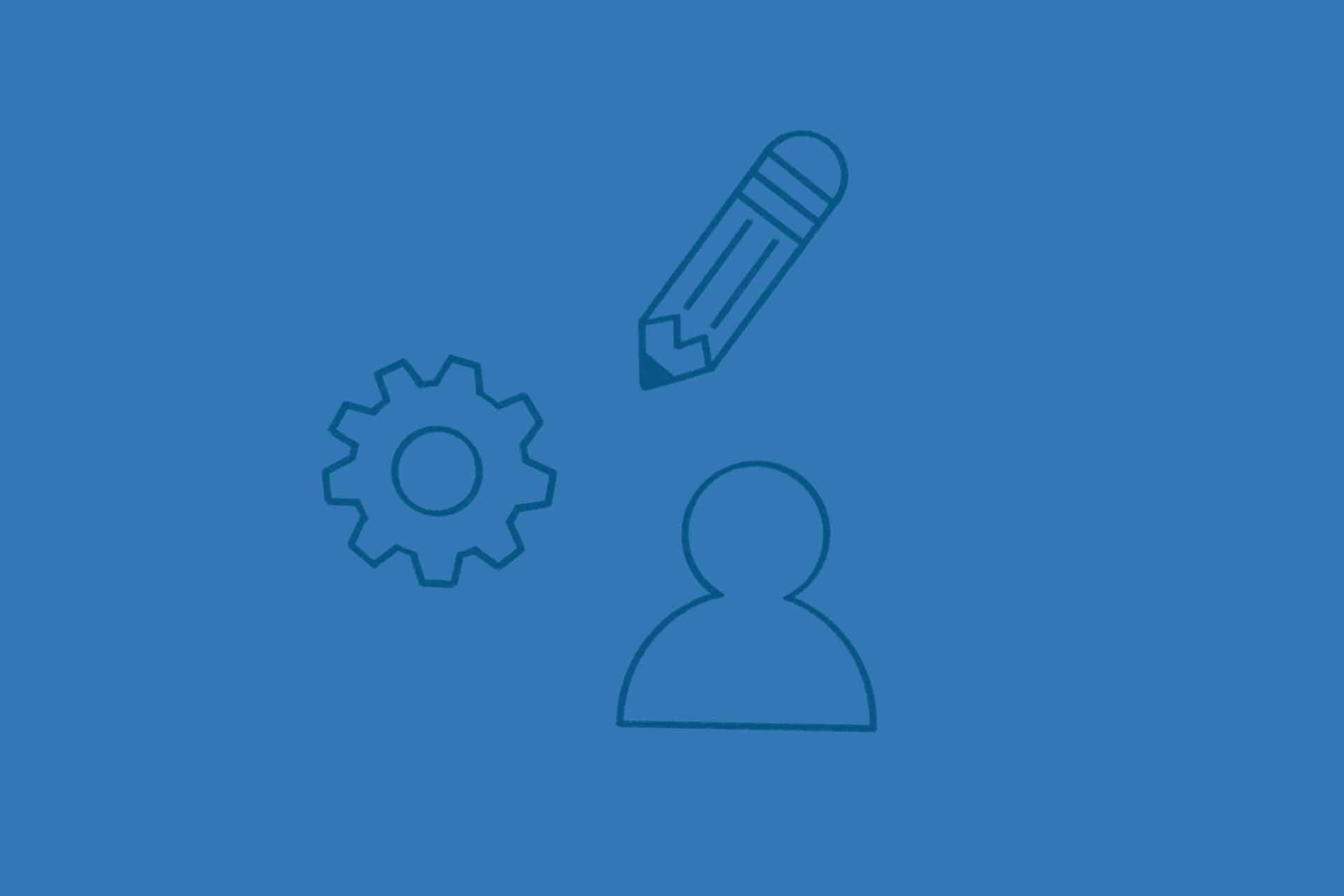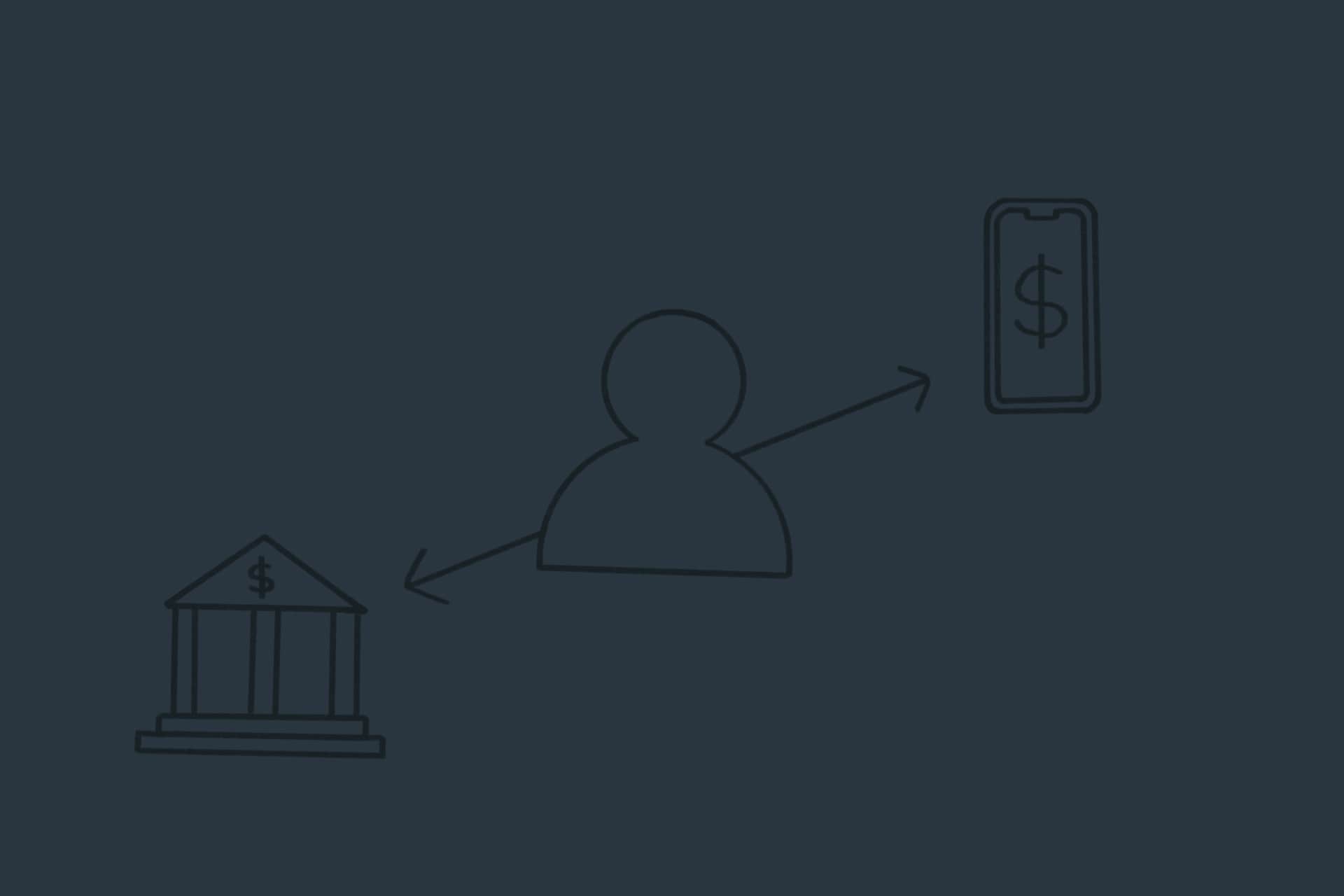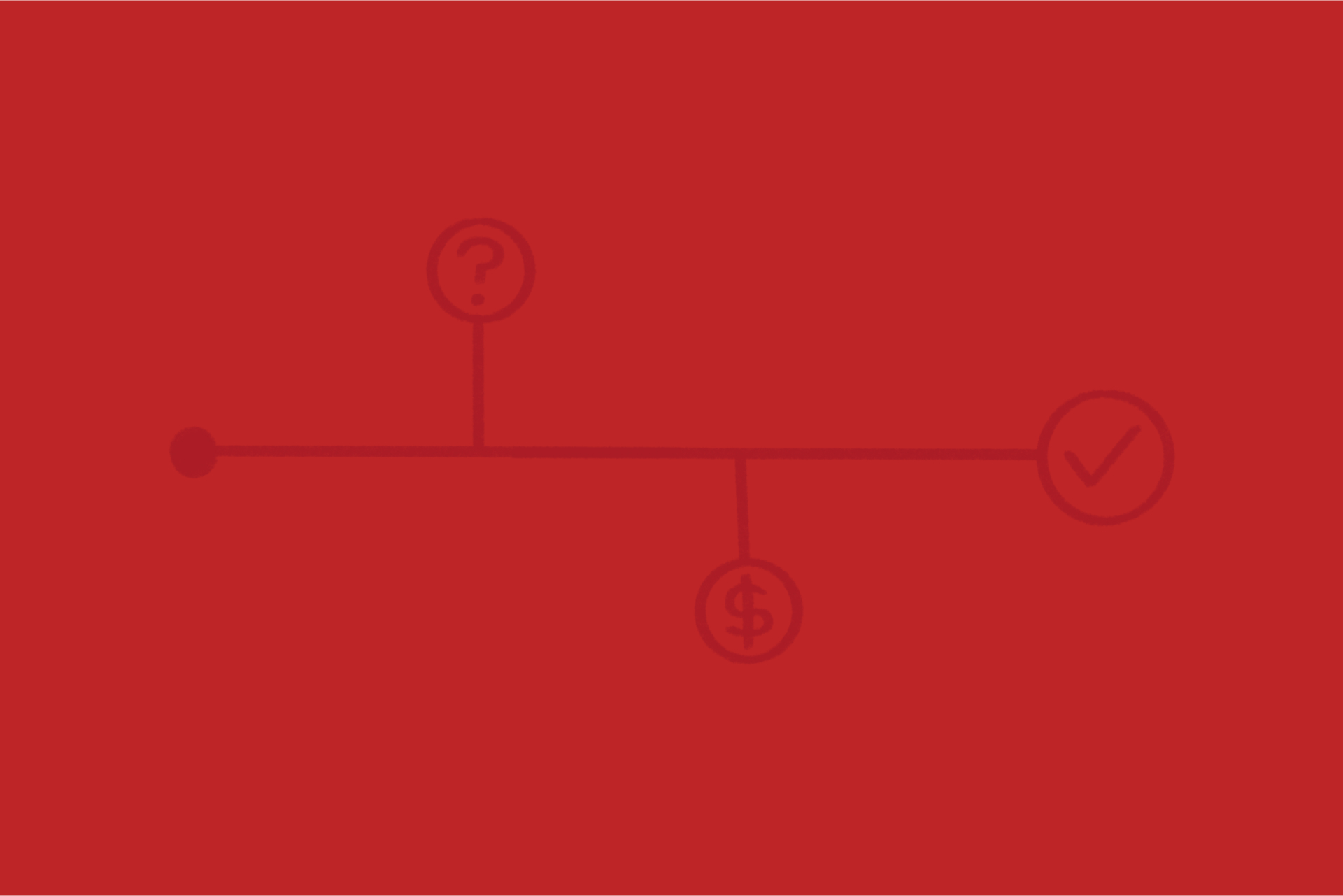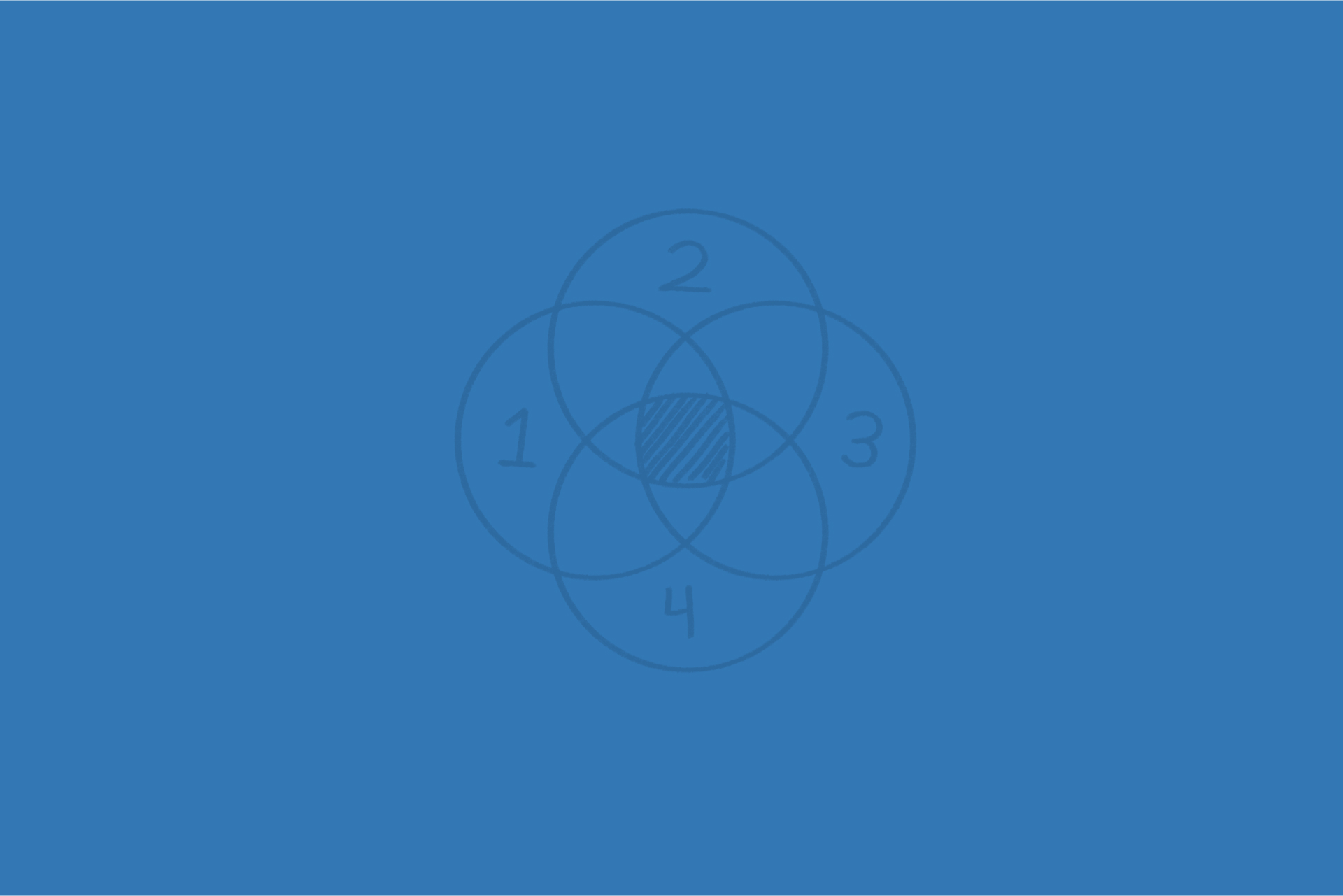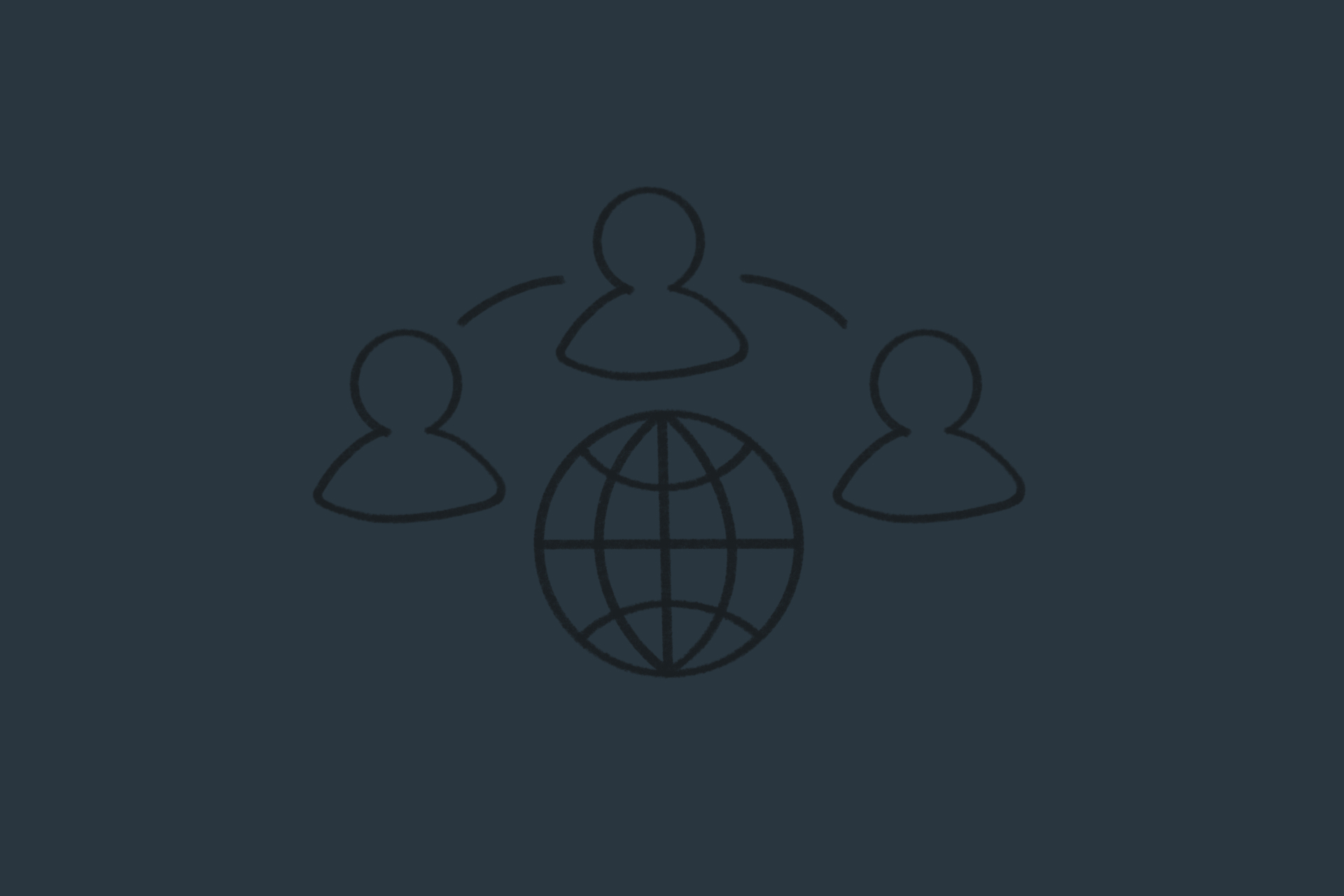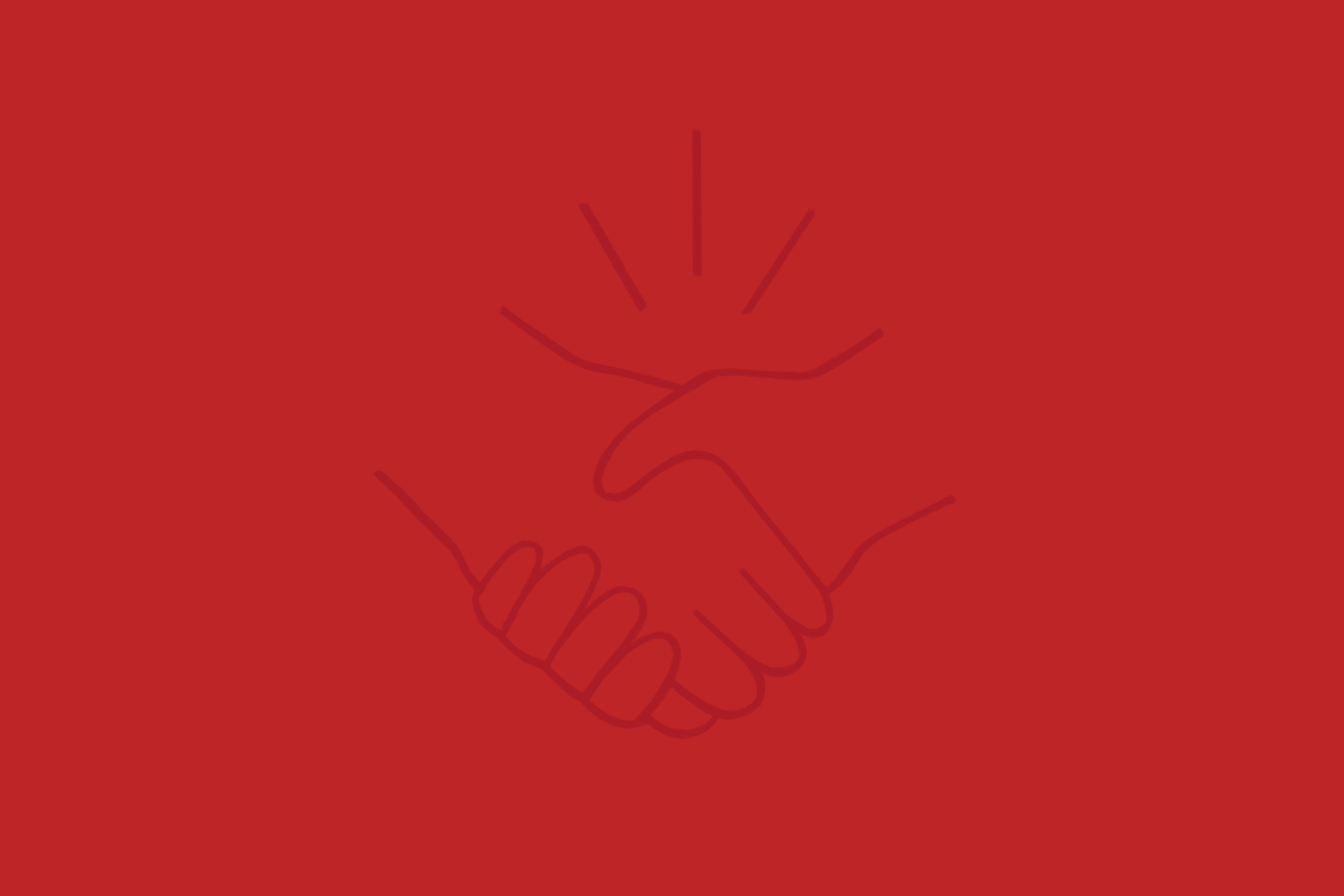Introducing “Humans First”: Getting to Simple is Hard
The problem: Many businesses misunderstand what UX professionals actually do. They assume UX is about aesthetics when, in reality, it’s about deeply understanding users and designing for real-world conditions.
Key Takeaways:
- UX starts with asking tough, often uncomfortable questions.
- Business leaders struggle to define UX value—because it’s not a linear process.
- Real-world UX lessons: A military project that had to be redesigned on the fly, a healthcare system bogged down by unnecessary complexity, and the power of true user-centered design.
🎧 Listen to the Humans First episode to hear the whole conversation.
The Real Role of Design in Business
User experience design is often misunderstood. It’s not just about making screens visually appealing—it’s about understanding how people think, work, and adapt to digital systems. It’s often core to the business strategy.
Key aspects of UX design work:
- Facilitating conversations between business leaders, developers, and end users
- Identifying gaps in workflows and inefficiencies
- Designing solutions that fit real-world constraints
Human-Centered Design in Action: Lessons from the Field
From military operations to healthcare workflows, the episode dives into real-world examples where understanding the user made all the difference.
The Human Nature of a Military UX Problem
The project assumed that soldiers operating a ground robot would be stationary. However, during live field tests, the reality was far different—soldiers were constantly moving, running, and even diving for cover. The original interface, designed for static use, became impossible to operate under real-world conditions. Observing this, our design team rapidly iterated and redesigned the system to be usable while in motion, simplifying controls and improving response times. A breakthrough moment came when an untrained soldier was able to pick up the system and operate it effectively, proving the success of the redesign.
Read the case study: UX Saves Lives with an Explosive Detection System
Employee Processes Were Key in a Healthcare UX Solution
A healthcare order management system overwhelmed staff with over 100 visible fields on a single screen. Employees, especially new hires, were struggling to know which fields to use, leading to inefficiencies and frustration. Shadowing users revealed an even deeper issue—critical information was being written on sticky notes and later manually transferred into emails, creating redundant work. Instead of just simplifying the interface, our team redesigned the workflow itself, integrating direct order assignment and eliminating unnecessary fields. The impact? Training times dropped significantly and productivity improved.
Read the case study: Reimagining healthcare enterprise software from the ground up
Why Business Leaders Struggle with UX
Many executives want predictable timelines and predefined solutions. But as UX professionals know, design isn’t a linear process.
Top reasons UX is challenging for businesses:
- UX work is dynamic and ongoing, requiring constant iteration
- There’s no single “correct” answer—good design is about probability and testing
- The best solutions often emerge unexpectedly, requiring flexibility
Hiring for UX: What to Look For
If you’re looking to hire a UX designer, focus beyond just technical skills. A truly effective design professional isn’t just someone who can create sleek designs—they are strategic thinkers, problem solvers, and communicators who bridge the gap between business goals, technology, and end-user needs.
Essential UX designer qualifications:
- Curiosity and humility: A great UX designer is constantly learning, willing to challenge assumptions, and open to feedback from users, stakeholders, and colleagues.
- Ability to ask tough questions: Design isn’t about taking requirements at face value; it’s about probing deeper to uncover the real problems and ensuring that the right solutions are being designed.
- A talent for cross-functional facilitation: UX professionals must navigate conversations with business leaders, engineers, marketers, and end-users to align goals and drive a human-centered design process.
- Empathy and user advocacy: They need to put themselves in the users’ shoes, understanding their frustrations, goals, and behaviors to create products that truly meet their needs.
Go deeper: 4 Must-Have Qualities in a UX Hire
Years of Experience Putting Humans First
Visual Logic has worked with clients in industries such as military, healthcare, agriculture, pharmaceuticals, financial services, manufacturing, and retail. We help organizations solve their hardest problems in their product design as well as how their organizations and cultures leverage design. What problem are you working on now? We’d love to hear about it!
